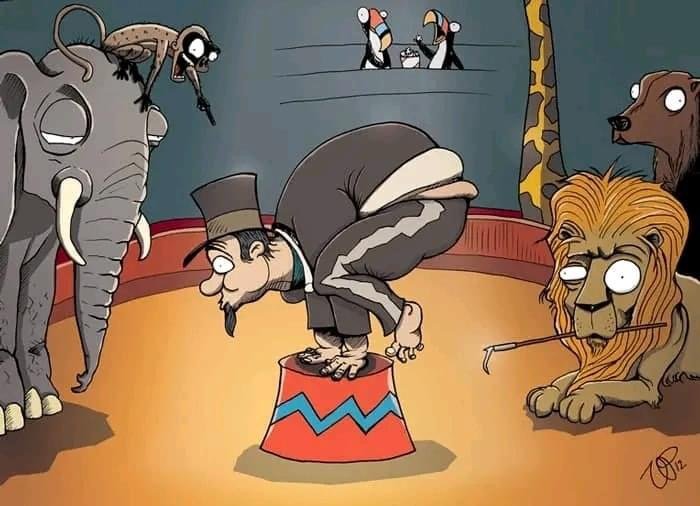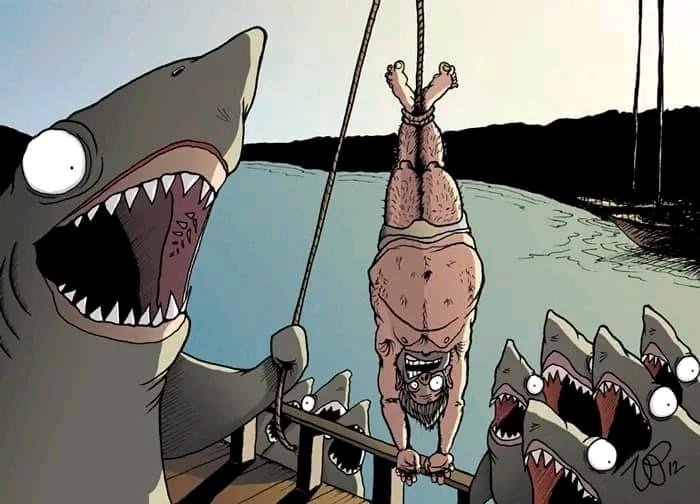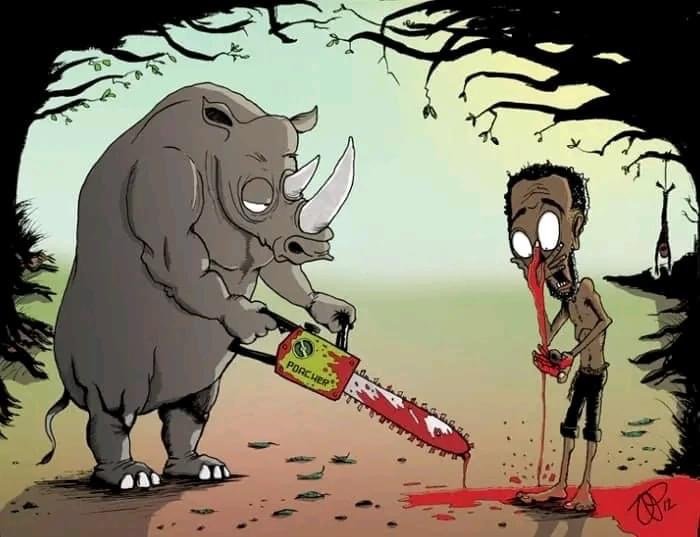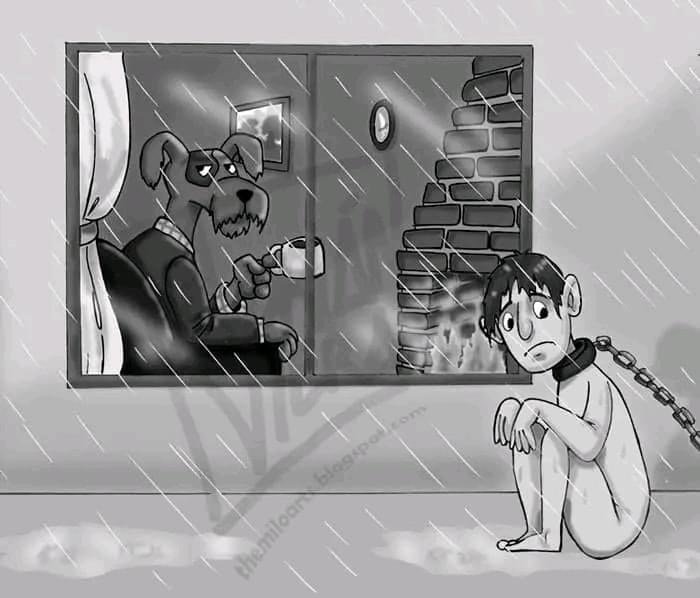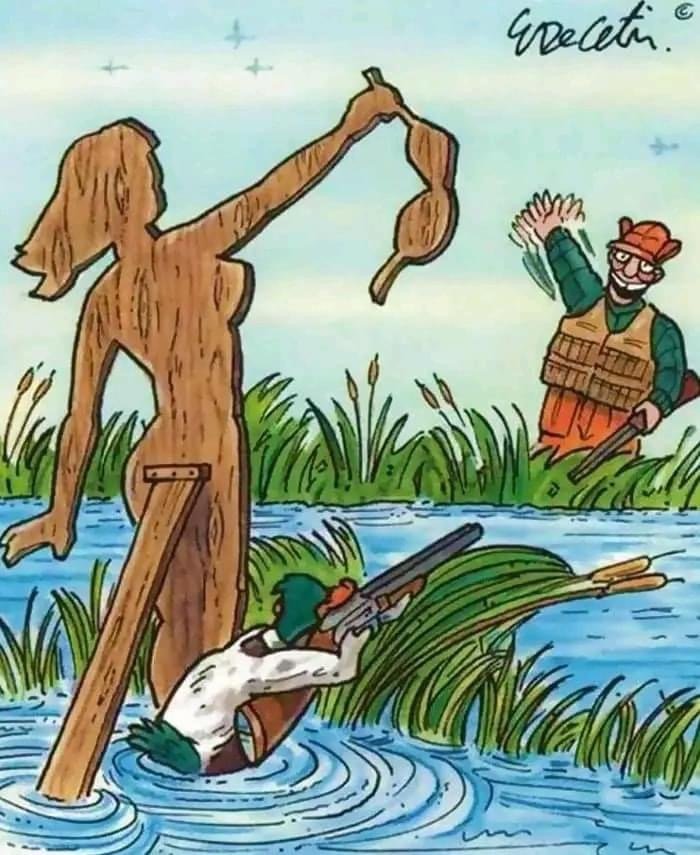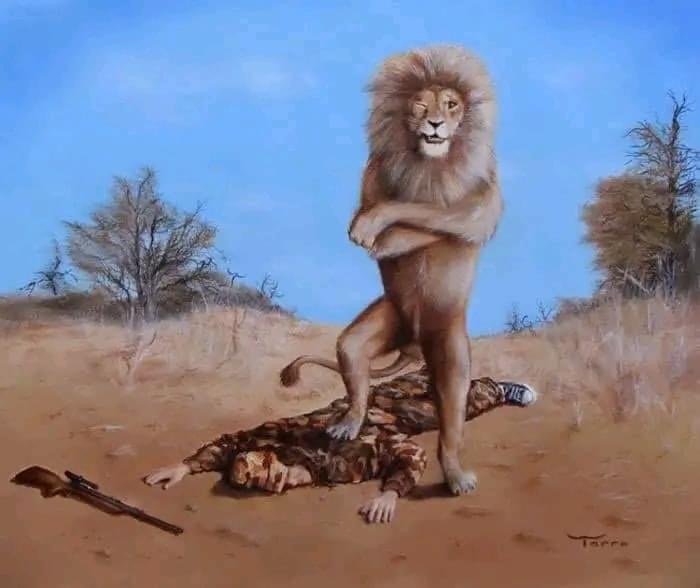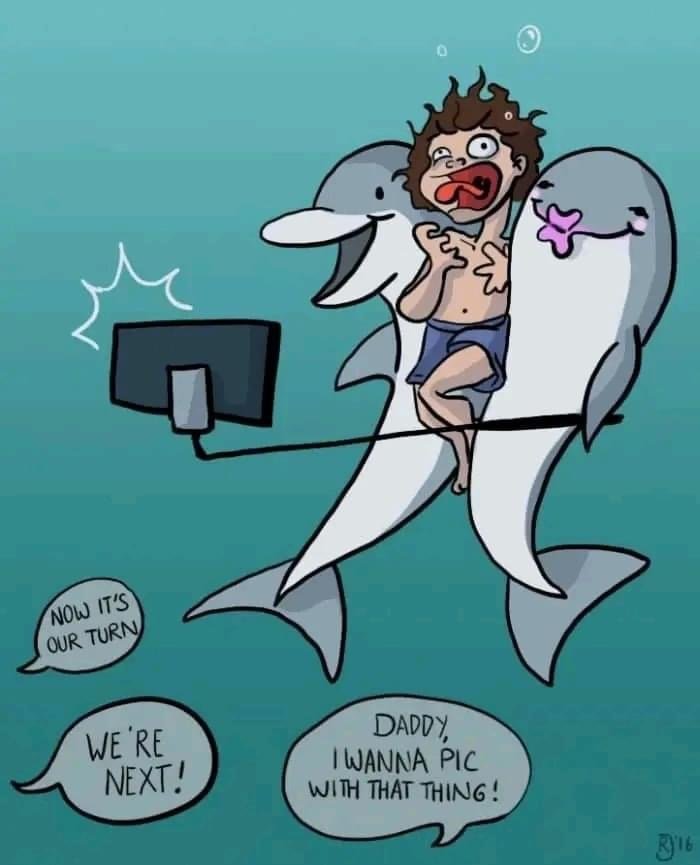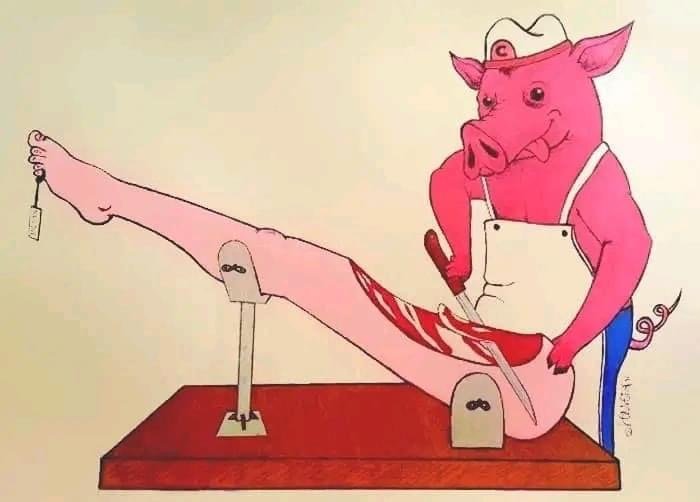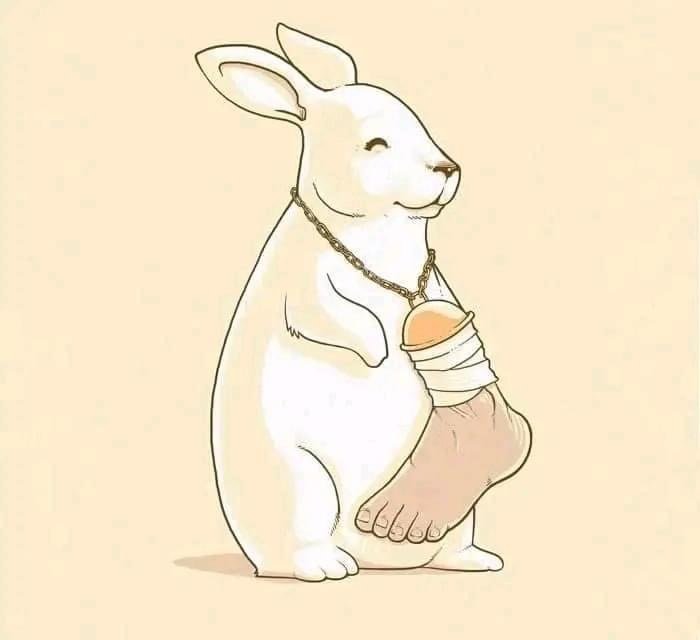In a world overflowing with information, sometimes a single image can speak volumes. Enter the realm of satirical cartoons – a powerful medium that combines artistry with social commentary to shine a spotlight on the ironies and contradictions of our modern world.
These thought-provoking illustrations serve as a mirror to society, reflecting our habits, beliefs, and behaviors in ways that are both humorous and deeply insightful. Through clever juxtapositions and unexpected twists, they challenge our perceptions and invite us to see familiar situations from entirely new perspectives.
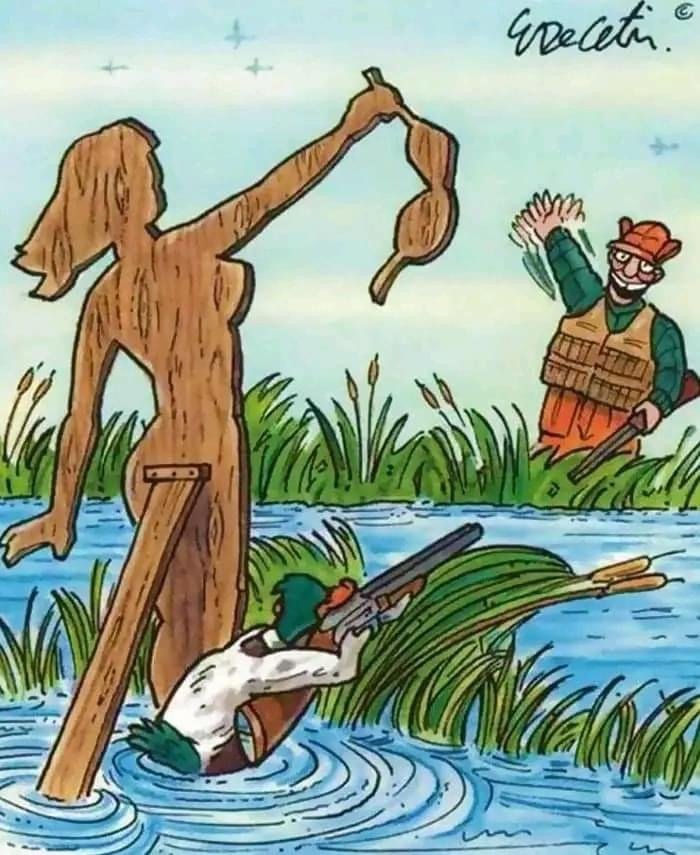
At first glance, these cartoons might elicit a chuckle or a smirk. But beneath the surface humor lies a wealth of meaning, carefully crafted to spark conversations about important issues. From environmental concerns to social dynamics, from technological advancements to age-old human nature – no topic is off-limits for these visual storytellers.
The beauty of this art form lies in its accessibility. In a single frame, complex ideas are distilled into easily digestible visuals that transcend language barriers. This universal appeal allows these messages to resonate with diverse audiences across cultures and generations.
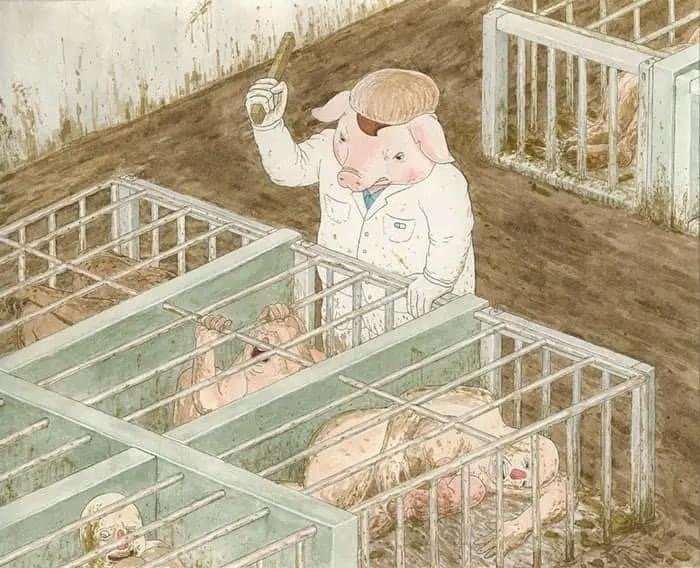
For the creators, each cartoon is a delicate balance of creativity and critique. They must walk the fine line between humor and poignancy, ensuring their work entertains while it educates. It’s a craft that requires not only artistic skill but also a keen understanding of current events, human psychology, and the nuances of social interactions.
These cartoons often serve as a form of peaceful protest, giving voice to concerns that might otherwise go unspoken. They challenge the status quo, question authority, and encourage viewers to think critically about the world around them. In many ways, cartoonists act as modern-day jesters, using wit and humor to speak truth to power.
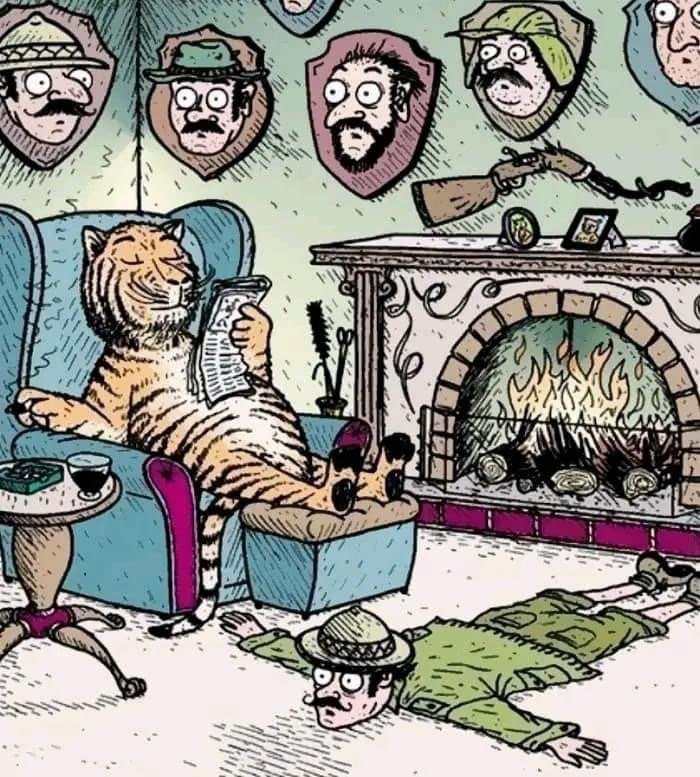
The impact of these illustrations extends far beyond a momentary laugh. They have the power to shift perspectives, initiate dialogues, and even inspire action. In an era of information overload, where attention spans are increasingly short, these concise visual narratives cut through the noise to deliver messages that stick.
For audiences, engaging with these cartoons is an exercise in critical thinking. Each image invites viewers to unpack layers of meaning, to connect dots between seemingly unrelated elements, and to reflect on their roles within the depicted scenarios. It’s a form of mental gymnastics that keeps our minds agile and our perspectives fresh.
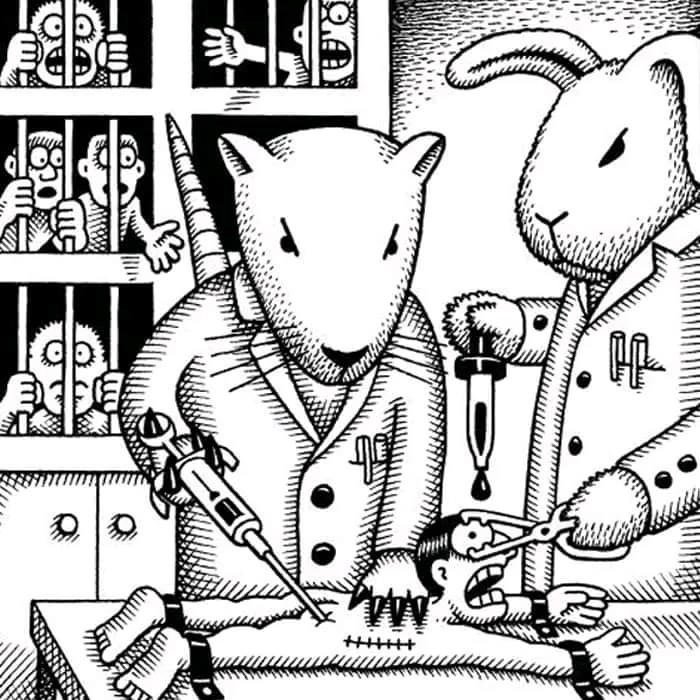
Moreover, these cartoons serve as time capsules, capturing the zeitgeist of our era in ways that traditional media often cannot. Years from now, these illustrations will offer future generations a unique window into the challenges, fears, and aspirations that define our time.
The digital age has given this art form new life, allowing cartoons to spread rapidly across social media platforms. A single powerful image can now reach millions within hours, sparking global conversations and uniting people around shared concerns. This viral potential has transformed cartoonists into influential voices in the realm of public discourse.
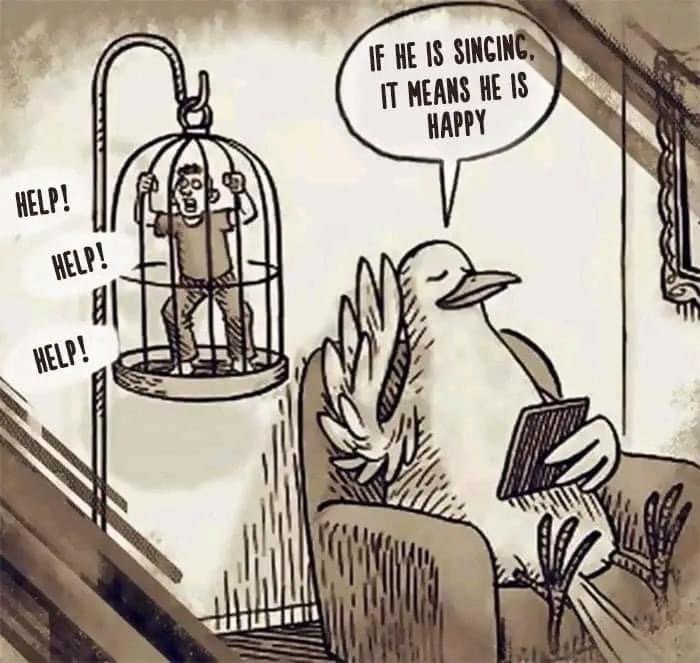
However, with this expanded reach comes increased responsibility. Cartoonists must navigate sensitive topics with care, balancing the need for provocative commentary with respect for diverse viewpoints. The most effective cartoons don’t preach or alienate; instead, they invite viewers to question, reflect, and draw their conclusions.
As we navigate an increasingly complex world, these cartoons serve as beacons of clarity. They cut through rhetoric and spin to expose underlying truths, often saying more in a single frame than pages of text ever could. They remind us of our shared humanity, our common challenges, and our collective potential for change.
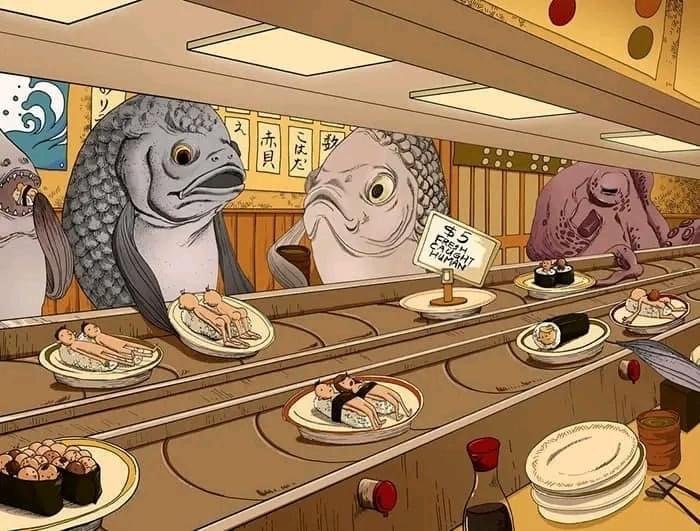
In essence, these cartoons are more than just art – they’re a form of visual philosophy. They challenge us to look beyond the surface, to question our assumptions, and to consider alternative perspectives. They remind us that sometimes, the most profound truths are best conveyed not through lengthy dissertations, but through a well-placed punchline or a cleverly drawn parallel.
So the next time you encounter one of these thought-provoking cartoons, take a moment to look deeper. Peel back the layers of humor to uncover the kernels of truth within. Engage in the mental dialogue the artist has initiated. You might just find that in those simple lines and colors lies a world of insight, waiting to be discovered.

In a society often divided by conflicting ideologies, these cartoons serve as a universal language of critique and reflection. They remind us of our capacity for growth, our potential for change, and the power of a shared laugh to bridge even the widest of divides.
More images,
